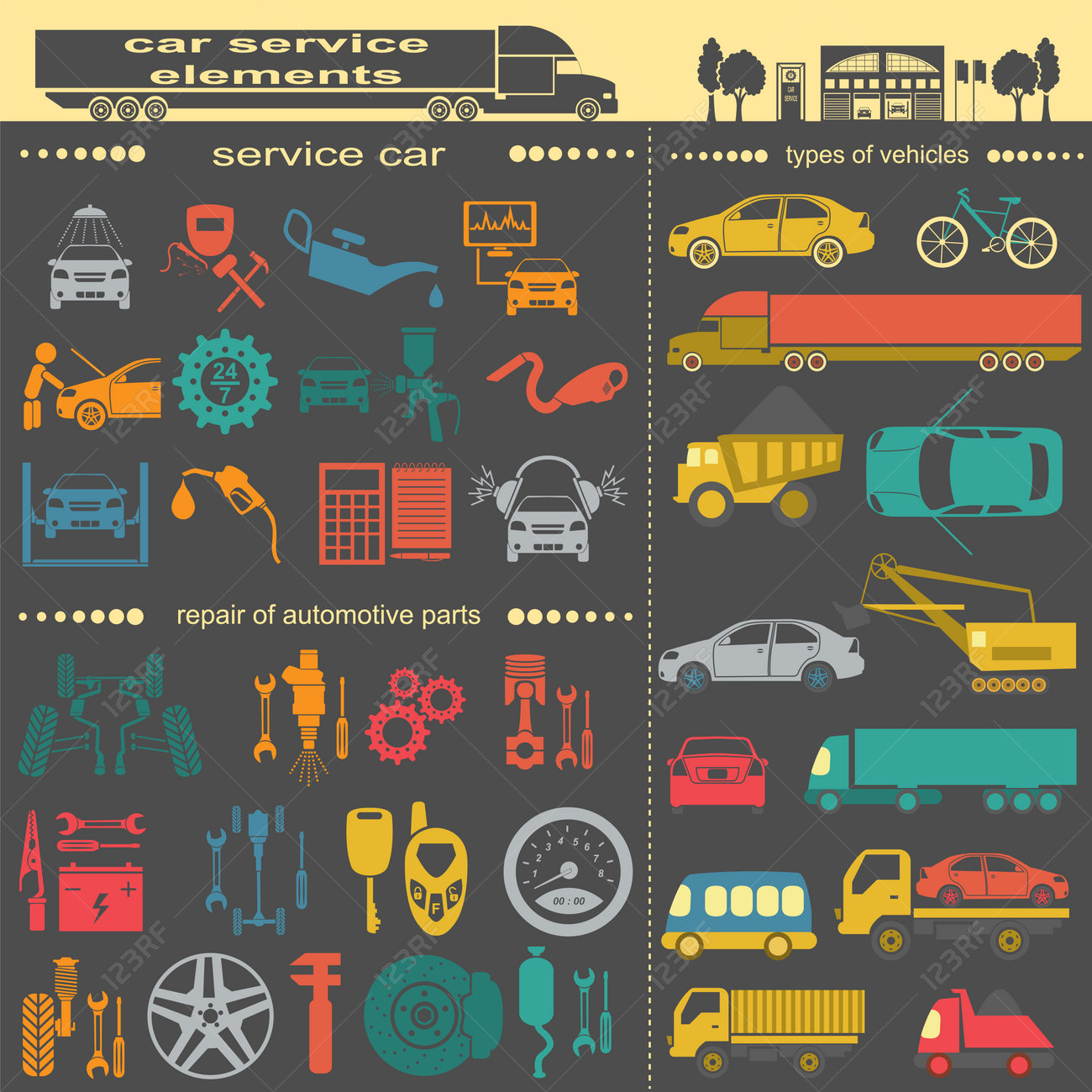A Newbie'S Overview To Understanding Your Automobile'S Warning Lights
A Newbie'S Overview To Understanding Your Automobile'S Warning Lights
Blog Article
Post Author-Guy Park
When you're behind the wheel, those little caution lights on your cars and truck's dashboard can be quite perplexing. What do they indicate, and should you be concerned? Comprehending these signals is essential for your automobile's well-being, yet it does not need to be a daunting job. By deciphering the mystery behind each light, you'll be equipped to handle potential concerns efficiently and keep your automobile running smoothly. So, next time a warning light flashes, do not panic - arm yourself with knowledge and take control of the circumstance.
Value of Auto Caution Lights
Understanding the significance of your automobile's caution lights is important for preserving your car's health and wellness. Continue Reading as your cars and truck's interaction system, notifying you to possible issues that can threaten your security on the road or result in pricey repairs if neglected. By paying attention to these warnings, you can resolve issues early and avoid more damages to your vehicle.
Neglecting alerting lights can cause major consequences, such as engine failing, brake malfunctions, or even crashes. These lights are designed to inform you of concerns ranging from reduced tire stress to engine malfunctions, providing you the possibility to take action before the situation aggravates. Consistently examining and comprehending maintenance mechanic can conserve you time, money, and ensure your safety while driving.
In addition to maintaining you secure, reacting quickly to alerting lights can also aid prolong the lifespan of your automobile. By resolving concerns early, you can prevent tiny troubles from escalating right into major fixings, eventually saving you time and money over time. Keep in mind, your cars and truck's caution lights are there for a reason - don't overlook them!
Common Caution Lighting and Meanings
When it concerns driving your car, recognizing common warning lights and their definitions is necessary for your security and vehicle upkeep. Right here are a couple of typical warning lights you might run into:
1. ** Examine Engine Light **: This light indicates a concern with your engine. Maybe something minor like a loosened gas cap or something much more major like engine misfiring.
2. ** Battery Light **: This light signals a problem with your auto's charging system. It could show a faulty battery, alternator, or various other related elements.
3. ** Oil Stress Light **: When this light comes on, it implies your engine might be running low on oil or experiencing low oil stress, which can bring about engine damages otherwise dealt with promptly.
4. ** Brake System Light **: This light indicates a concern with your braking system. It might mean low brake liquid levels or a problem with the brake system that requires immediate interest.
Understanding these common caution lights will aid you identify potential issues early and stop more substantial issues down the road.
Just how to Respond to Caution Lighting
On the occasion that a warning light brightens on your car's dashboard, it's critical to respond promptly and properly. When a warning light comes on, the initial step is to consult your owner's manual to comprehend the certain concern suggested by the light.
Some lights require immediate focus, while others may suggest a much less urgent issue. If the caution light is red or flashing, it's commonly an indication of a serious issue that requires immediate activity. In such cases, it's recommended to pull over securely, switch off the engine, and look for expert assistance.
For yellow or orange warning lights, while they may not require instant focus, it's still essential to address the underlying problem without delay to avoid additional damage. Normal upkeep and examination can aid protect against alerting lights from beginning suddenly.
Final thought
Finally, understanding your auto's caution lights is essential for maintaining your vehicle's health and wellness. By frequently inspecting and replying to these cautions, you can address possible problems early and stop expensive repair work or safety threats. Bear in mind to consult your owner's manual for info on various caution lights and always take instant action for red or flashing lights. Remain proactive and keep your cars and truck running efficiently!
